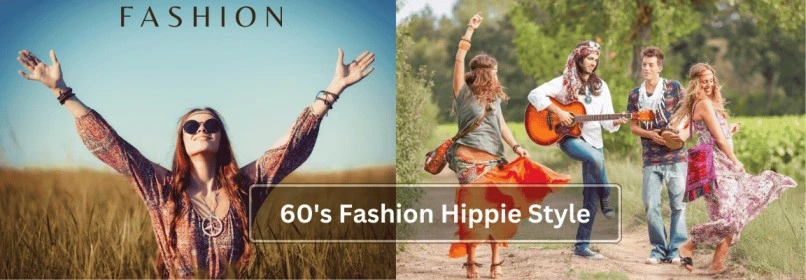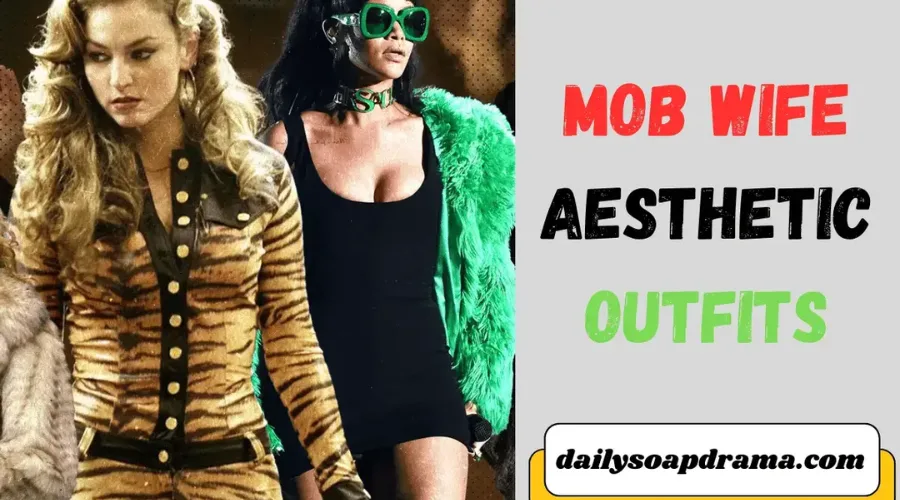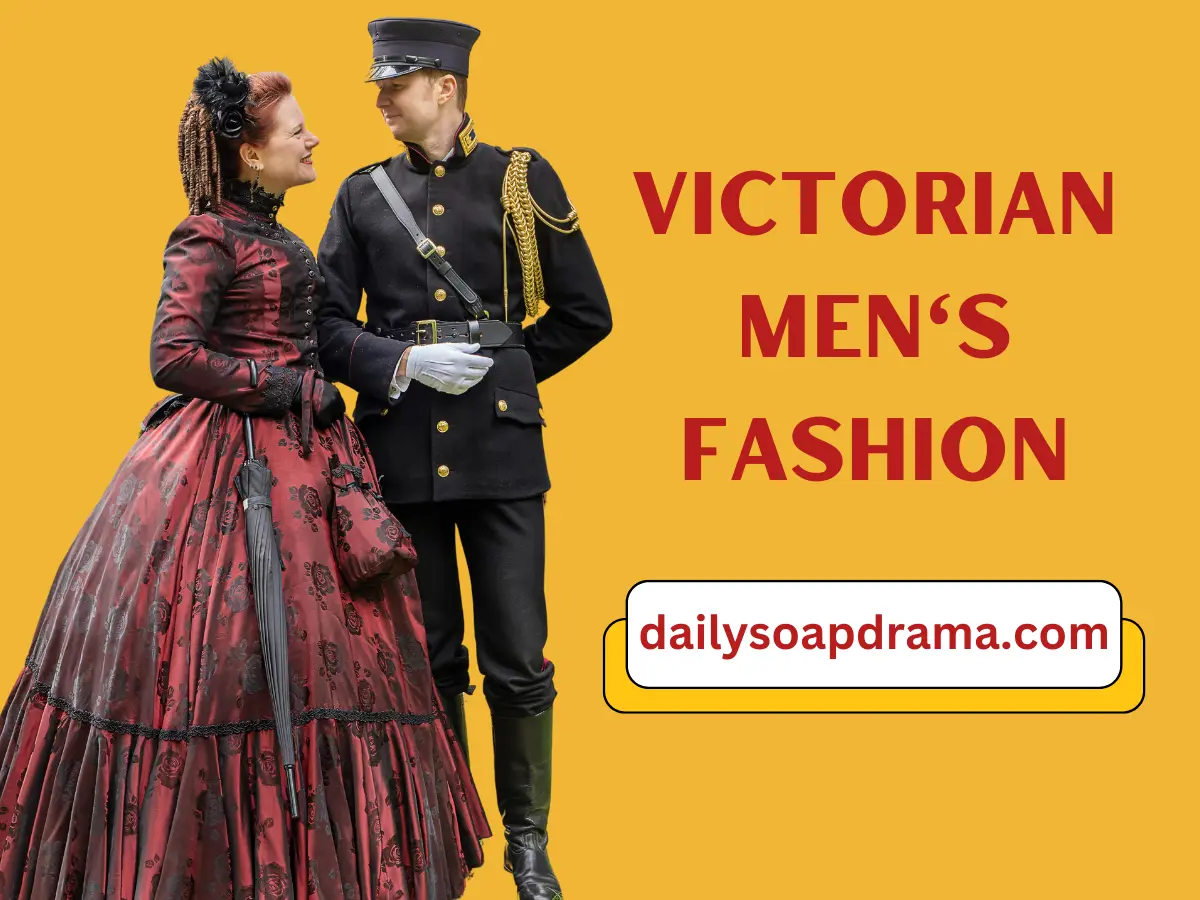When I think of the 1960s, the first thing that wells to me is the great fashion revolution that followed. The 60's fashion hippie style was a defining trend that changed the way people dressed while highlight independence, peace, and a love of nature. This style was more than simply clothing; it indicate an attitude and lifestyle that challenged previous decades' inflexible rules.
In this blog, I'll take you on a romantic journey through the major features of 1960s fashion hippie style for men and women. Whether you want to enjoy the boho-chic mood for an old-school party or just learn about how it impact current design, I've got you covered!
What is 60’s Fashion Hippie Style
The 1960s fashion hippie style was all about being daring, carefree, and alternative. Similar to the fitted and rigid fashions of the 1950s, hippie fashion of the 1960s was free, casual, and due to nature and multiple cultural influences. The outfit was varied and expressive, with vibrant colors, romantic designs, flowing fabrics, and different accessories.
The hippie movement was close associated with issues such as anti-war rallies and civil rights activities, which were reflected in the attire worn at the period. It wasn't simply a look; it was a message.
Read also: Semi Casual Attire: Must-Have Wardrobe for Men and Women
60's Hippie Fashion for Men
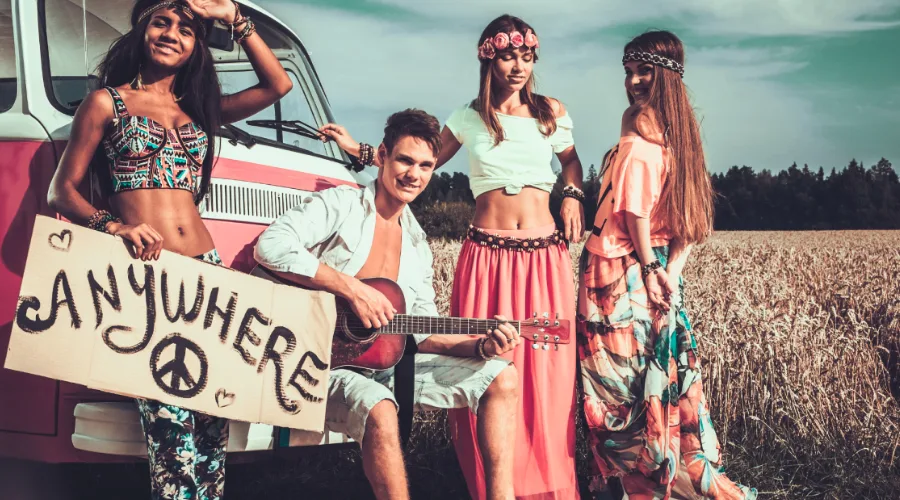
When it comes to 60's hippie fashion for men, comfort and originality were important. Guys were moving away from traditional suits and ties, opting for loose-fitting attire that allowed for ease of movement.
Important Matters of 60's Hippie Fashion for Men
-
Flared Pants: One of the most famous things in men’s 60's hippie fashion was flared pants. These bell-bottom trousers became a mark of the era. Often made from denim, these pants were worn with sandals or bare feet for an effortlessly casual style.
-
Tie-Dye and Psychedelic Prints: Tie-dye shirts were everywhere, exploding with amazing colors and patterns. These designs were made and stressed originality and creativity. Men generally wore them big for that laid-back, casual attitude.
-
Fringed Vests and Jackets: Fringes were another mark of the 60's hippie fashion male setting. Leather vests with long fringes were worn over plain T-shirts, giving a tough yet hippie style.
-
Beads and Headbands: Accessories were a vital aspect of the outfit. Long beaded necklaces, peace sign pendants, and hats made up to the natural moral vibe that stood out the hippie lifestyle.
60's Hippie Fashion for Women
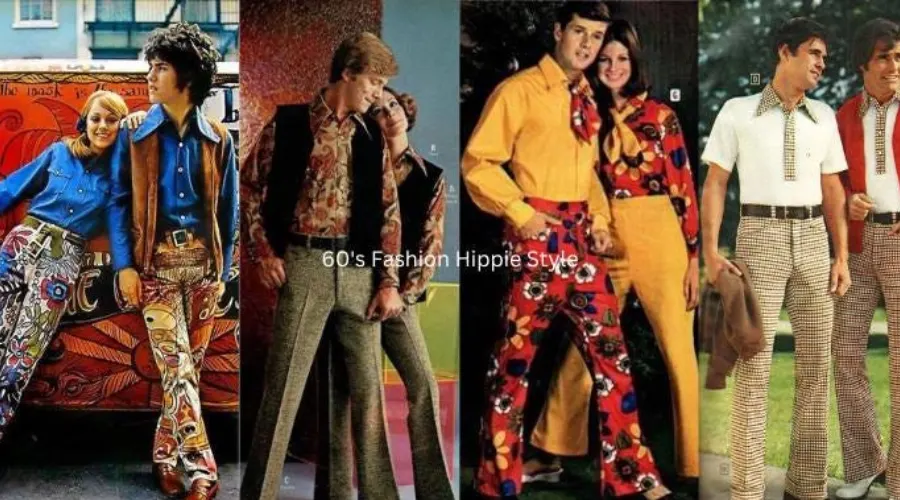
"Women’s 60s hippie fashion" allowed flowing lines and celebrated natural beauty. The era saw women reject the limits attire of earlier years in favor of loose, comfortable, and expressive apparel.
Must-Have Items for Women in 60's Fashion Hippie Style
-
Maxi Dresses and Skirts: Floor-length dresses and skirts, always refined with pretty symbols, were a staple for 60s hippie girls. These clothing flowed freely, saying a return to nature and a start from modern limits.
-
Peasant Blouses: Blouses with free sleeves and beautiful needles were a staple in any hippy girl's wardrobe. Often made from light, airy content like cotton or muslin, they paired well with skirts or bell-bottoms.
-
Bell-Bottoms: Just like males, ladies too liked their bell-bottoms. These trousers flared widely at the bottom and were commonly combined with sandals or platform shoes.
-
Fringe Bags and Accessories: Much like the males, women’s 60s 70s hippie fashion wouldn’t be complete without accessories. Fringed purses, homemade jewelry, and flowers in their hair (symbolizing peace and love) were typical sights.
Read also: Fashion Designer Dress to Impress: How to Find The Perfect Outfit
The Influence of Music and Art on 60's Hippie Fashion
Hippie dress was greatly impact by the music and art of the time. Iconic performers like Jimi Hendrix, Janis Joplin, and The Beatles not only molded the sound of the 1960s but also had a big role in creating the Hippie clothes from the 1960s.
Music as a Fashion Statement
-
Woodstock Fashion: The 1969 April festival is one of the most iconic occasions in the history of hippie dress. The attendees’ different mix of tie-dye, leather, and psychedelic creates conveyed the spirit of the movement. The festival’s free-spirited and carefree mood set a benchmark for what 60s 70s hippie attire stood for.
-
The Beatles’ Influence: The Beatles were at the leaders of the '60s counterculture. Their accept of Eastern faith inspired both their music and attire. Their later years saw them donning free, flowing clothing that matched the 60's hippy fashion ethos.
The Impact of Global Cultures on 60's Hippie Fashion
The hippie movement was famed for its respect of diverse cultures, and this was reflected in the attire of the era. Whether it was Native American-inspired fringe or Indian kaftans, the Hipp clothes from the 1960s drew impacts from all over the world.
Bohemian and Ethnic Influences
-
Indian Influence: Kaftans, tunics, and loose-fitting trousers from India became popular during this time, especially among women. The discuss ideas and brilliant colors of these clothing were perfectly in tune with the free-spirited mood of the hippie movement.
-
Native American Motifs: Many people in the hippie movement loved Native American culture, resulting to the adoption of fringe accents, beaded gifts, and shoes as part of their daily attire.
Read also: How To Dress Over 50 And Overweight
The Evolution of 60's Looks Hippie Style Into the 70s
The 60's fashion hippy trend didn’t fade after the decade finished. Instead, it built and fused with different types as the 1970s began.
The Move from the 60s to the 70s
-
Disco Influence: As the '70s went, the rise of disco had a major impact on fashion. Glittery materials, platform shoes, and vivid designs grew growing popular, although many hippy aspects, such bell-bottoms and flowing skirts, remained in style.
-
Boho-Chic: The 60's 70s hippy fashion continued to effect what we now term the boho-chic Gestalt. Today, you can still find parts of the 60's hippie culture in festival gear and trendy streetwear.
How to Recreate the 60's Style Hippie Style Today
If you're looking to embrace the groovy vibes of the 1960s, you're in luck! Many of the trends from this era have made a comeback, and it’s easier than ever to incorporate these pieces into your wardrobe.
Modern Takes on 60's Hippie Fashion
-
Vintage Stores: For authentic pieces, try shopping at vintage stores or thrift shops. You might find original bell-bottoms, maxi dresses, or fringe vests that capture the true spirit of the Hipp attire from the 1960s.
-
DIY Tie-Dye: Get creative with your clothes by making your own tie-dye designs. This is a fun and simple way to add some psychedelic flair to your wardrobe.
-
Accessorize: Don’t forget the accessories! Headbands, beads, and chunky jewelry are easy ways to nod to the 60s hippie fashion without going full retro.
Retro 60s Hippie Fashion Trends Making a Comeback
Many retro 60s hippie fashion trends have found their way back into mainstream style. I've noticed these elements appearing everywhere from high fashion runways to casual streetwear.
Today's Fashion Inspired by Hippie Roots
Modern trends with clear hippie influence include:
- Wide-leg pants have replaced the extreme bell-bottom but maintain that free-flowing silhouette
- Tie-dye has experienced a massive revival, appearing on everything from hoodies to luxury items
- Fringe details adorn jackets, bags, and even shoes in contemporary collections
- Peasant tops remain a summer staple, now often paired with structured bottoms
- Crochet and macramé have become trendy again, especially in summer wear
Fashion forecaster Alicia Jameson notes: "What makes hippie fashion eternally relevant is its comfort and joy. In times of social stress, we always see a return to these free-spirited styles that prioritize wearability and self-expression.
Where to Buy 60s Hippie Clothes Today
- Etsy – great for handmade and vintage items
- Thrift Stores – affordable and sustainable
- Amazon – lots of costume sets
- Local Boutiques – look for boho or retro sections
- Depop or Poshmark – second-hand apps
You can even mix modern pieces with vintage for a fresh twist!
Conclusion
The 60's fashion hippie style will forever be remembered as one of the most defining fashion movements in history. Whether you're inspired by the spirit of the time or just love the effortless, bohemian vibe, this style continues to influence fashion today.
FAQ's
What did 1960s hippies wear?
Many guys grew beards, and both men and women wore sandals and beads. Long flowing so-called grandmother gowns were popular with women, and rimless granny glasses with both men and women. For many The Whole Earth Catalog, which originally published in 1968, became a source for the needs of existence.
How do you dress like a hippie from the 60s?
Look for shirts that fit loosely and comfortably around the body, such as caftans and tunics, and have full sleeves. As an alternative, choose turtlenecks, tank tops, and tie-dye clothing. Select blouses with white or earth tones such as tan, green, and brown.
Is hippie style 60s or 70s?
Hippie style is the first thing that springs to mind when we think of the 1970s. The style, which peaked in the early 1970s and was characterized by the development of bell-bottoms, tie-dyed tops, headbands, embroidered folk patterns, and flowing scarves, became popular clothing.

